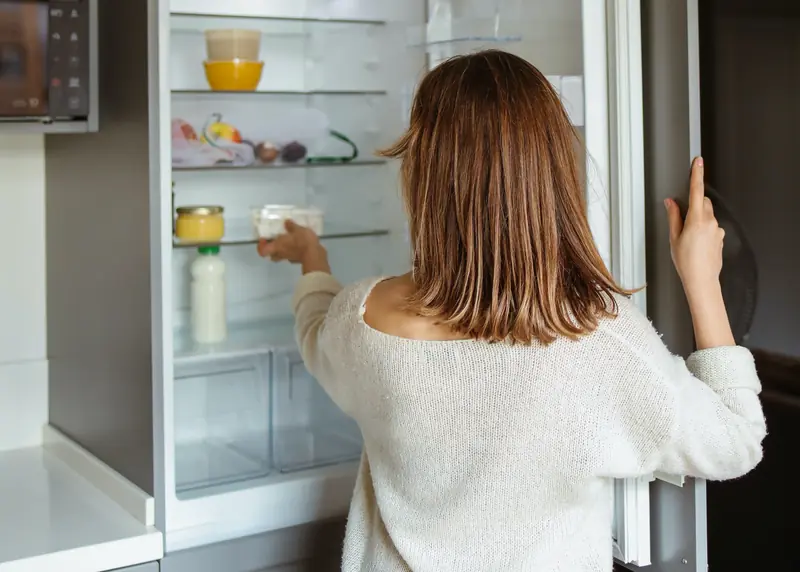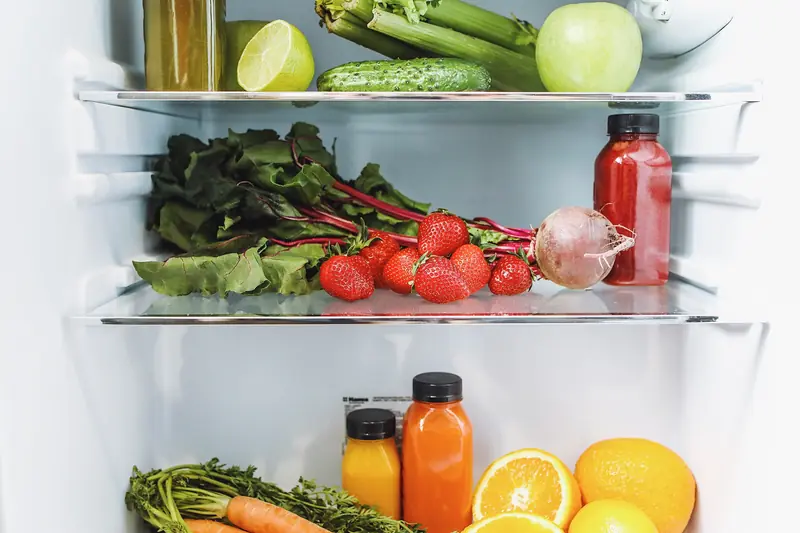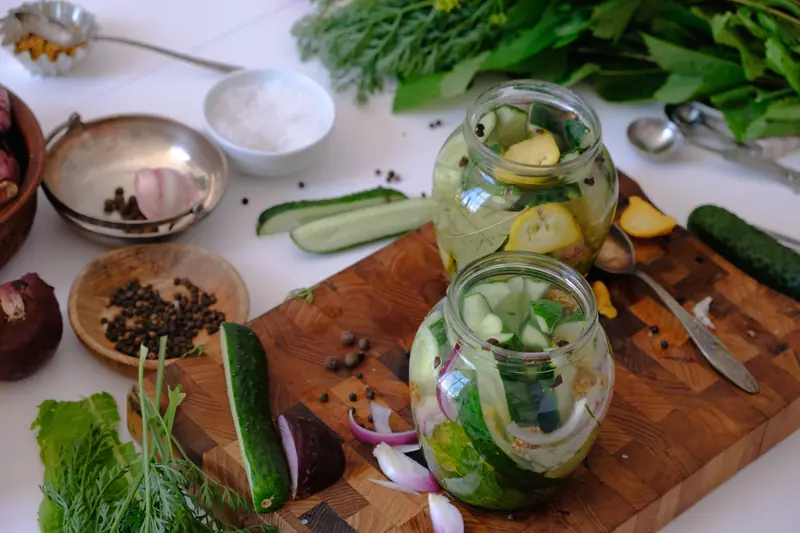
While a billion people around the world are forced to go hungry, humanity consciously wastes a third of its food during production, transportation, sale, and consumption. As a result, a significant portion of greenhouse gas emissions is unjustified, and the resources—energy, water, and labor—are squandered. Our tips will help you avoid food spoilage and stop throwing away food unnecessarily.
Rules of Neighborly Conduct
Vegetables and fruits require special attention: it’s important to consider the limitations of their storage together. For instance, tomatoes should only be combined with cucumbers in a salad; this is not the best pairing for storage. Tomatoes also do poorly when stored alongside cabbage, beets, carrots, and celery.
Do not store potatoes and onions together: these vegetables won’t last long in the same cellar or bin. The reason for potato spoilage is ethylene—a gas released by onions. To prevent potatoes from going bad, isolate the ethylene source in a closed box or separate container. Other ethylene-sensitive vegetables, fruits, and berries should also be kept away from onions: from greens, peas, and eggplants to all types of cabbage, watermelon, and unripe bananas. Ripe bananas themselves emit ethylene, as do pears, kiwis, apples, nectarines, plums, apricots, and peaches. This list also includes mangoes, persimmons, grapes, avocados, peppers, and tomatoes.

Marinade as a Preservative
To extend the life of vegetables, store them in a marinade: pickling will keep vegetables edible for up to ten weeks. When pickling tomatoes, cucumbers, carrots, or asparagus, you can skip sterilizing the jars. Just wash and dry the jars and wash and cut the vegetables. For a half-liter jar, add a teaspoon each of sugar and salt to the water, 120 ml of vinegar, a pinch of mustard seeds, a few cloves of garlic, and some herbs. For long-term preservation, pour warm marinade over the vegetables in the jar and seal it with a lid. After cooling, place the sealed jar in the refrigerator for two days, after which it can be safely stored at room temperature.

The Power of Cold
Perishable products require attention to temperature variations on the shelves of the refrigerator. The capabilities of the compartments depend on the type of cooling equipment. Only modern, high-tech models achieve an even distribution of cold. Budget refrigeration equipment provides varying temperatures on different shelves. In a traditional two-chamber refrigerator with a freezing back wall, the upper section collects warmer air, so ready-to-eat products should be placed on top, while raw fish and meat are better stored at the bottom. A single-chamber model is designed the opposite way: it has more cold under the freezer, meaning the top is the coldest. The middle shelf is designated for dairy products, while the least cold area is inside the door, where juices, sauces, and eggs should be stored.
Not for Everyone
Conversely, some products have no place in the refrigerator: they either spoil there or do not require low temperatures for preservation. For example, bread molds in a humid environment, while bananas turn black. Products that can be stored without refrigeration include baked goods, oils, exotic fruits, and local vegetables from the borscht set: cabbage, potatoes, beets, carrots, onions, and garlic. Canned goods, chocolate, candies, honey, and jam do not belong in the fridge; move these to a kitchen cabinet and free up space in the refrigerator for items that truly need it.
Freezing Secrets
The easiest way to save berries, fruits, vegetables, and mushrooms is by freezing them. For long-term storage of forest, garden, and field produce, cut the fruits, place them in bags or containers, and stash them in the freezer. Later, these preserved products will come in handy for preparing dishes, desserts, and drinks. When freezing herbs, chop the leafy stems and add a few drops of oil to the container. You can also freeze smoothies: pour blended fruits with oats, nuts, honey, juice, or kefir into ice cube trays. Extra bread can also go into the freezer. Unlike egg whites, which can be stored in the freezer without loss, whole eggs will crack, and yogurt will separate.
The Purpose of Inventory – Planning
Regularly checking your food supplies at home is essential for planning your meals. Savvy cooks create menus and plan their shopping in advance, based on what’s in the refrigerator and pantry. Why spend money on unnecessary food stocks when you have enough supplies at home for a week? Sanitary standards allow for the consumption of products stored correctly for up to three days past their expiration date. However, exceptions are made for meat and fish. The freshness of raw eggs can be determined by how they sink in water: fresh eggs do not float. Mold is dangerous on soft cheeses (a moldy product must be discarded), while on hard cheese, it can be cut away, allowing the rest of the product to be used.
Usable Leftovers
To prevent food from spoiling, it should be frozen, cooked, or sautéed in a timely manner. Leftover cooked dishes can be frozen in plastic containers: this will be a future meal that just needs reheating. For convenient food storage, chefs use thin zip bags: food freezes quickly in them and can be thawed as needed. Leftover sauces can be frozen in ice cube trays. Just be sure to label the containers with the freezing date. Leftover dishes and dairy products can be stored for up to three months. If you have doubts about the freshness of milk, use it to make pancakes.
